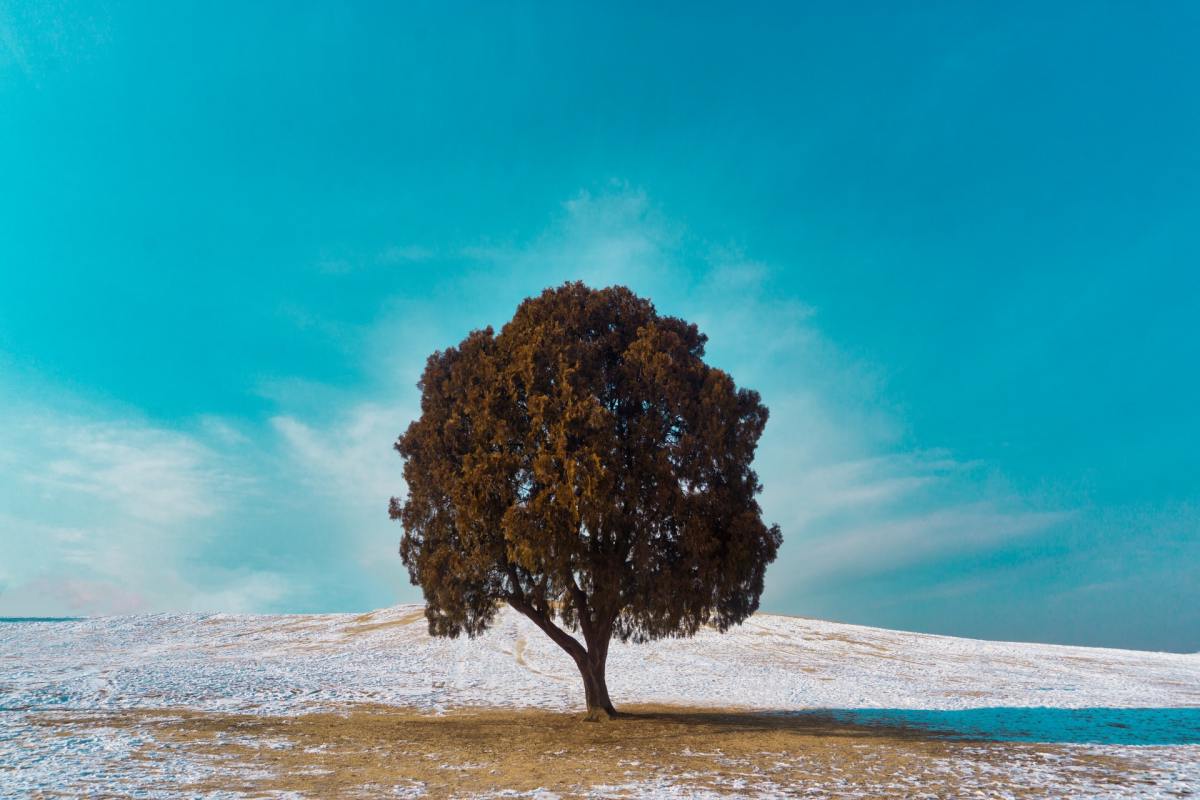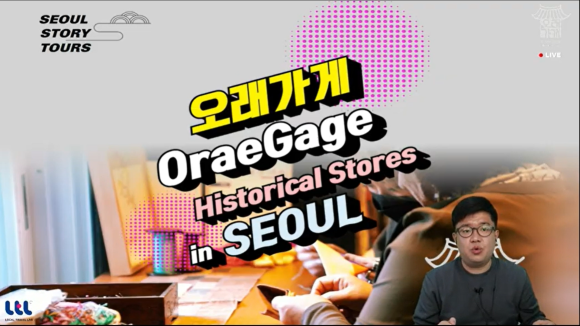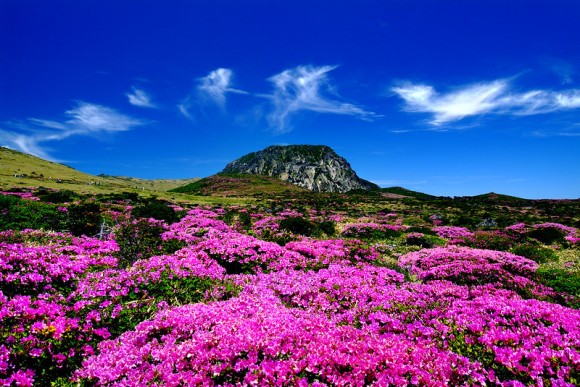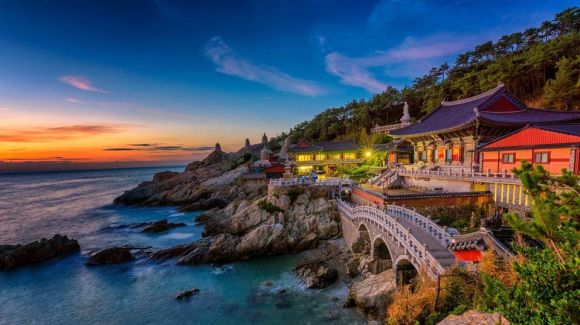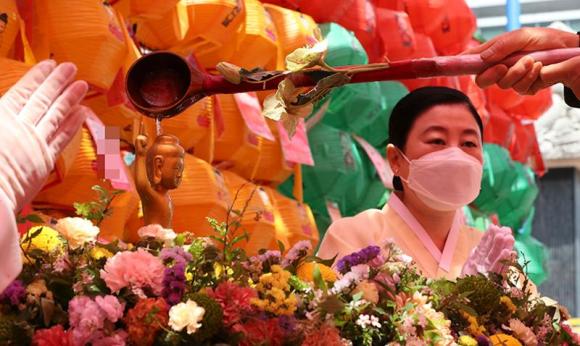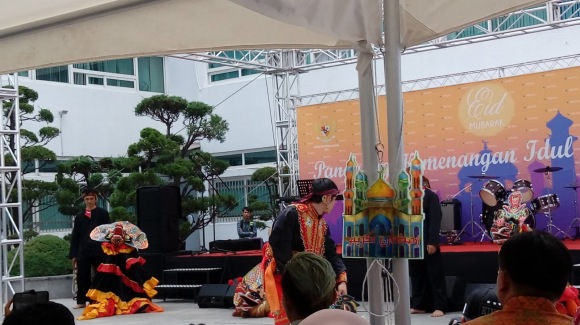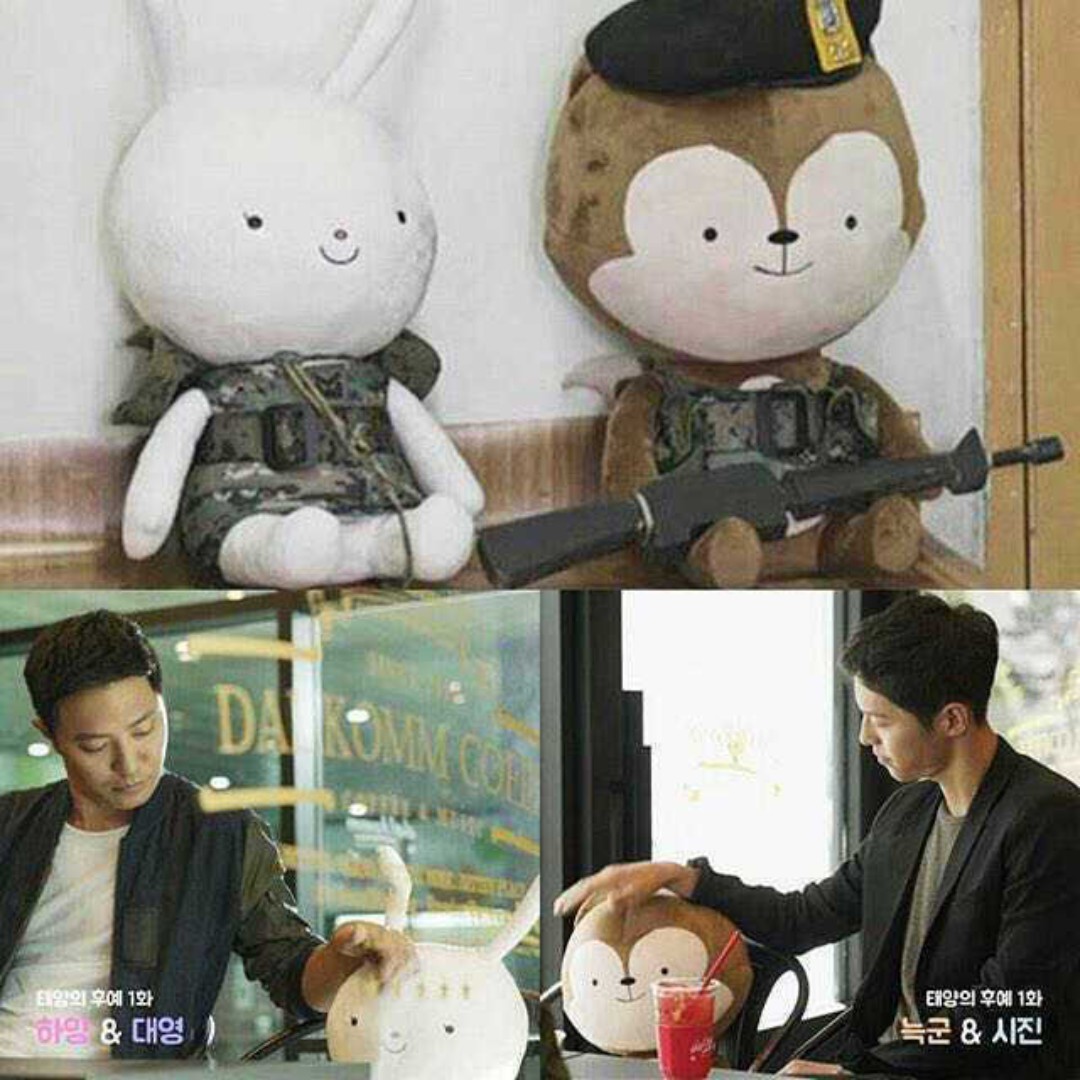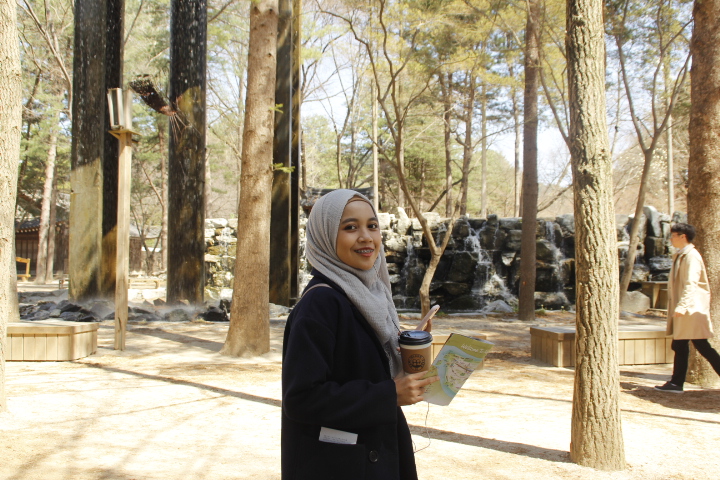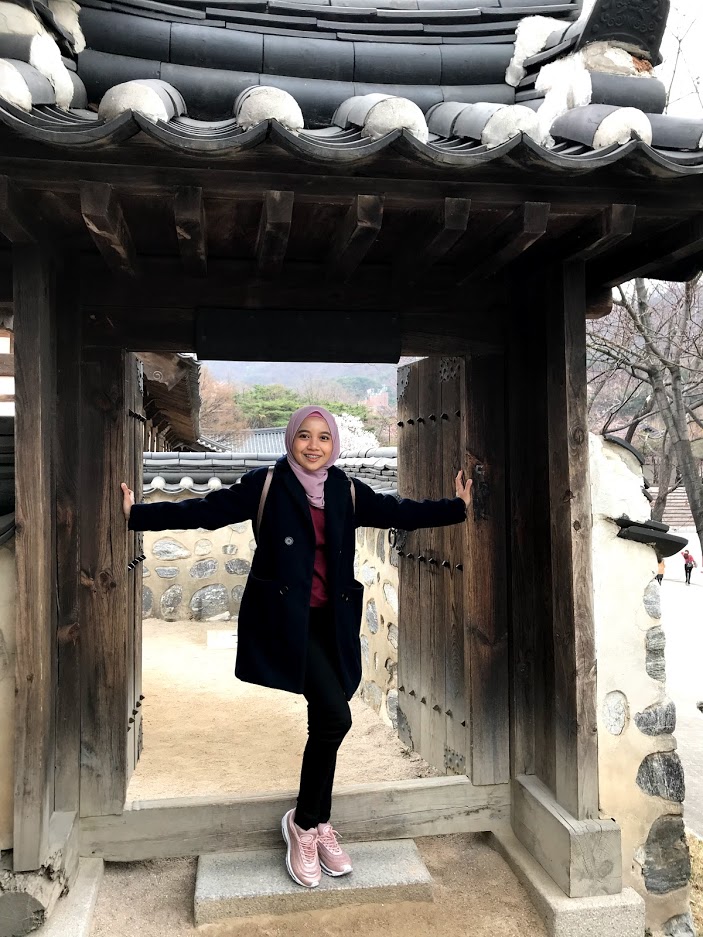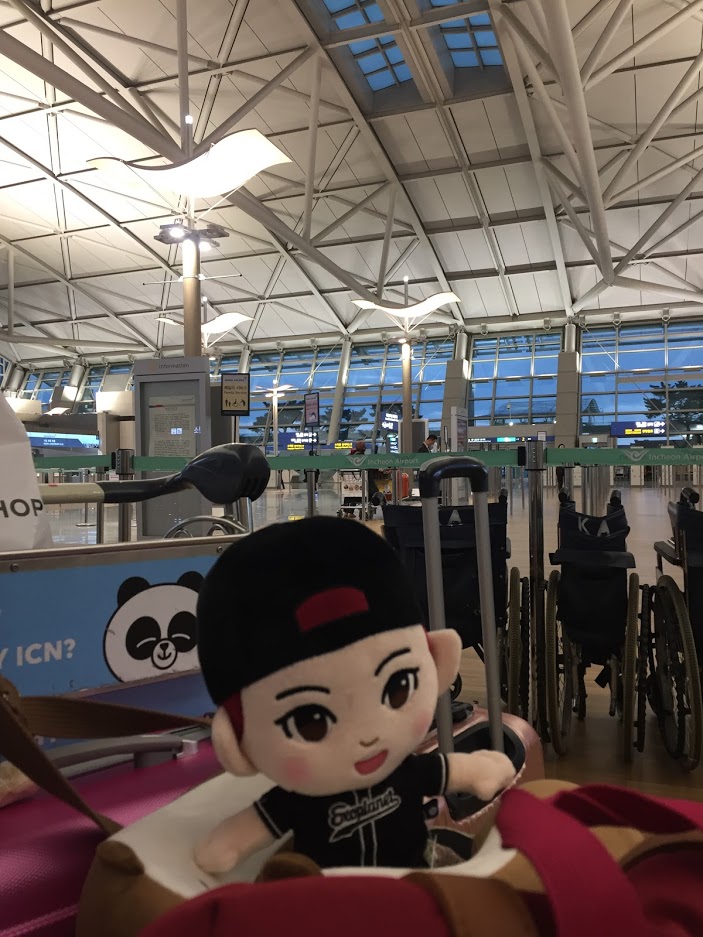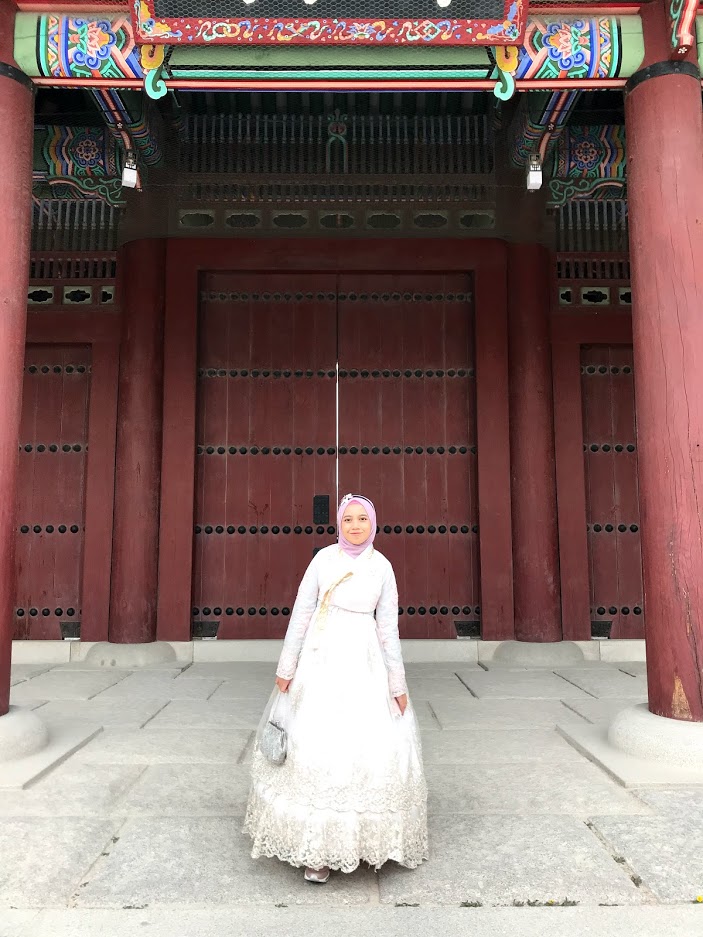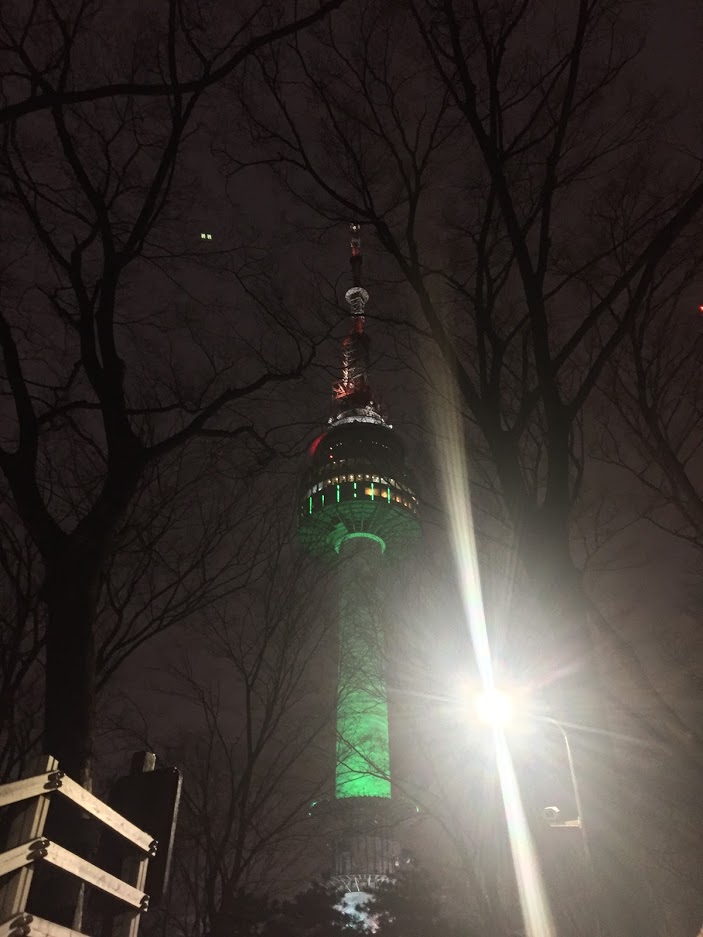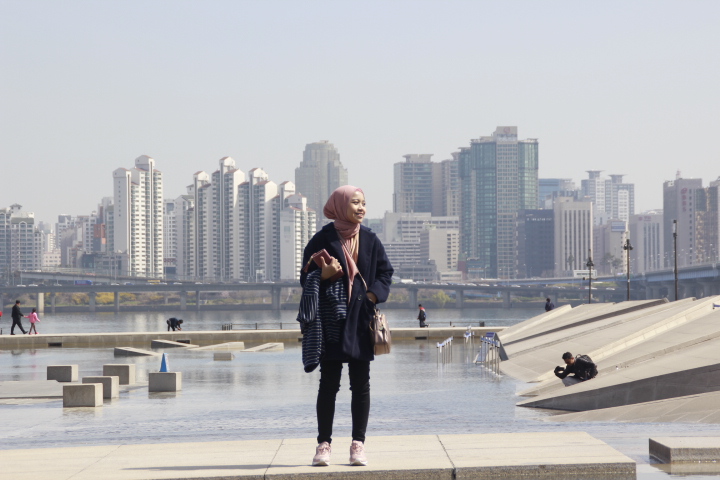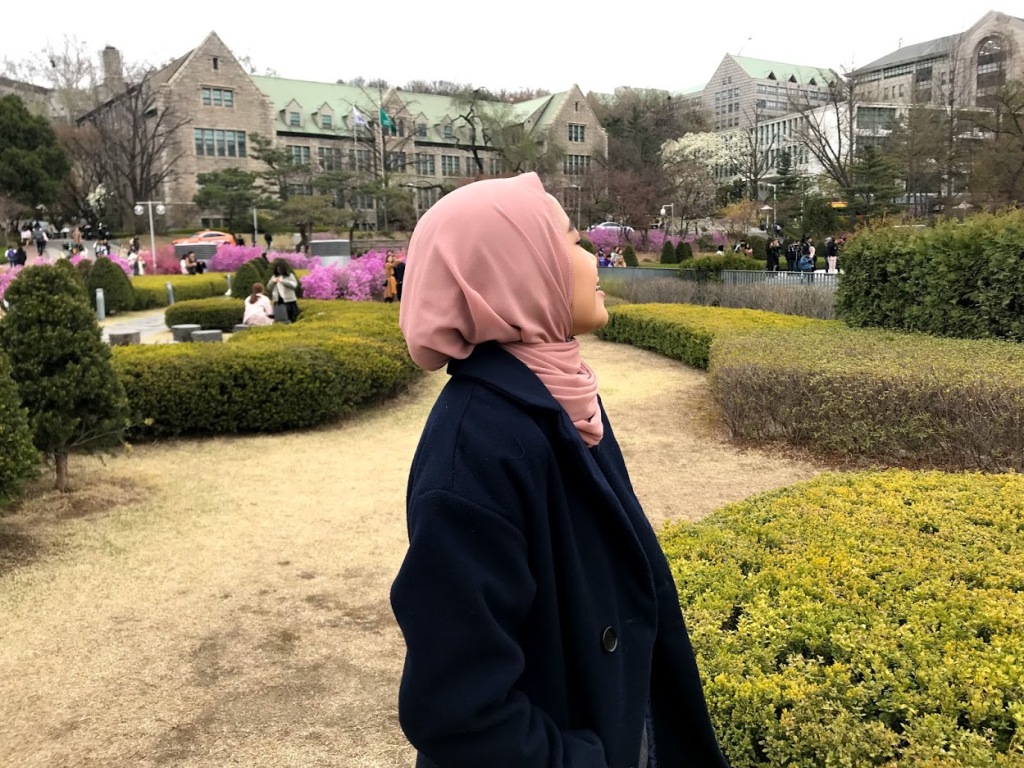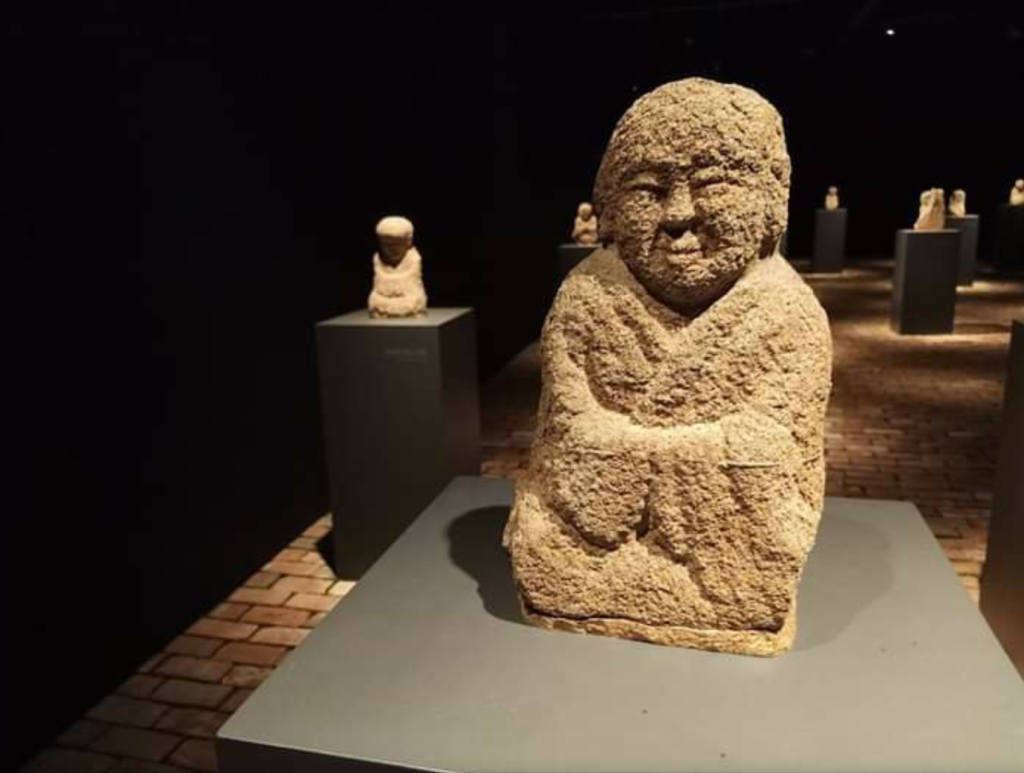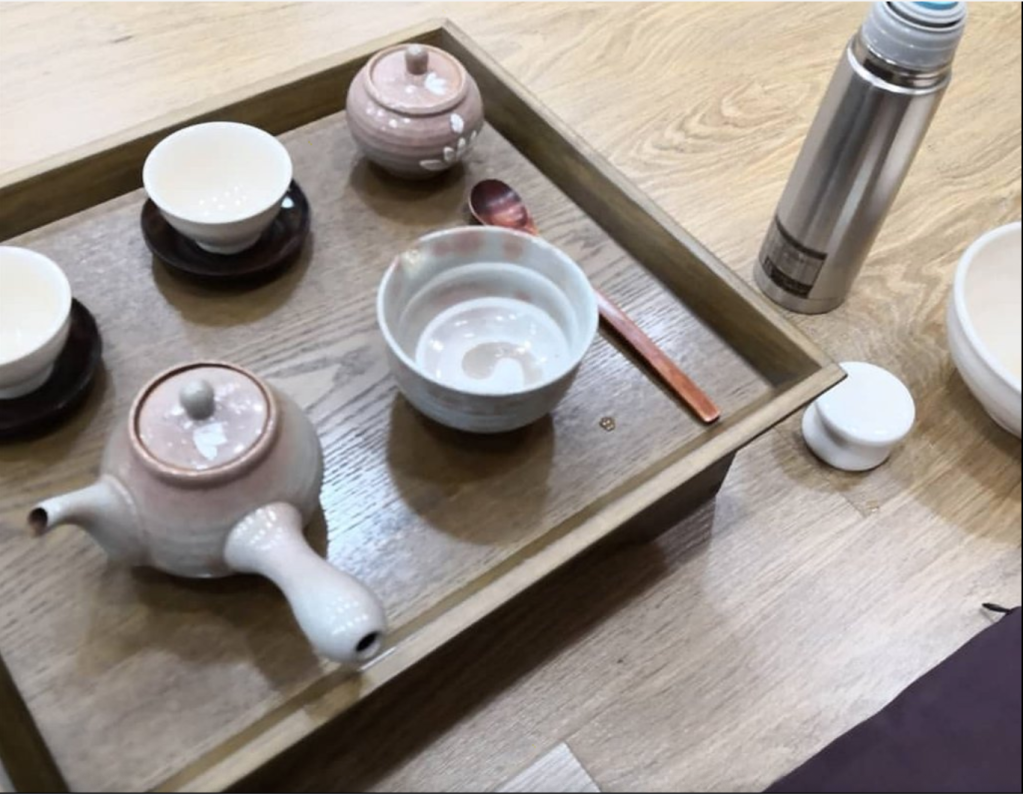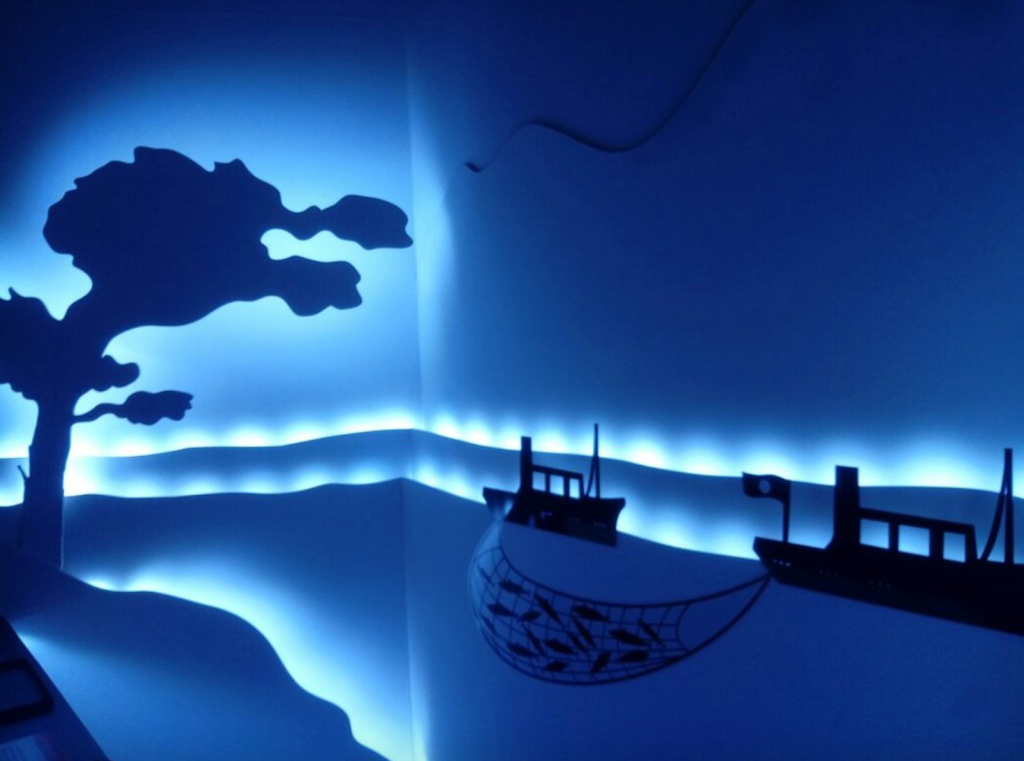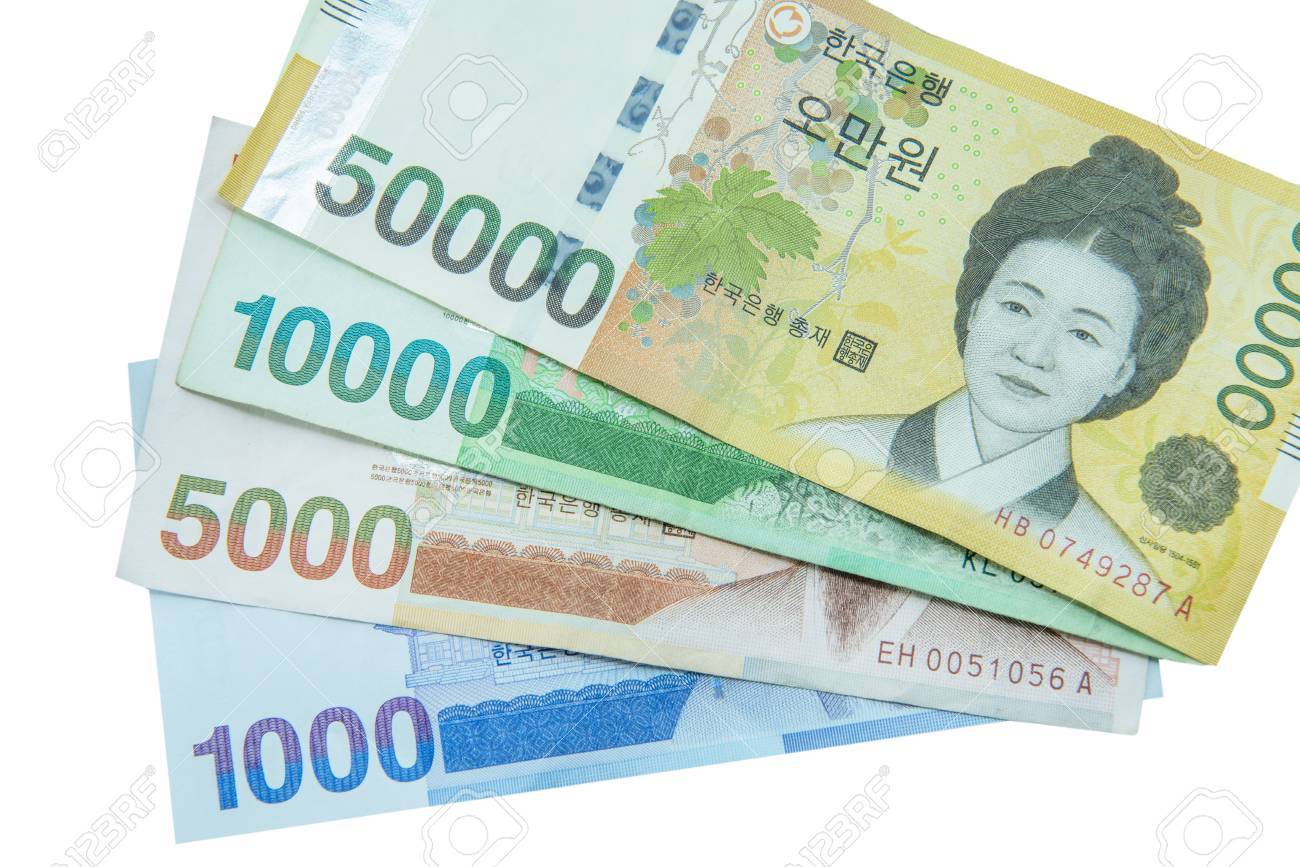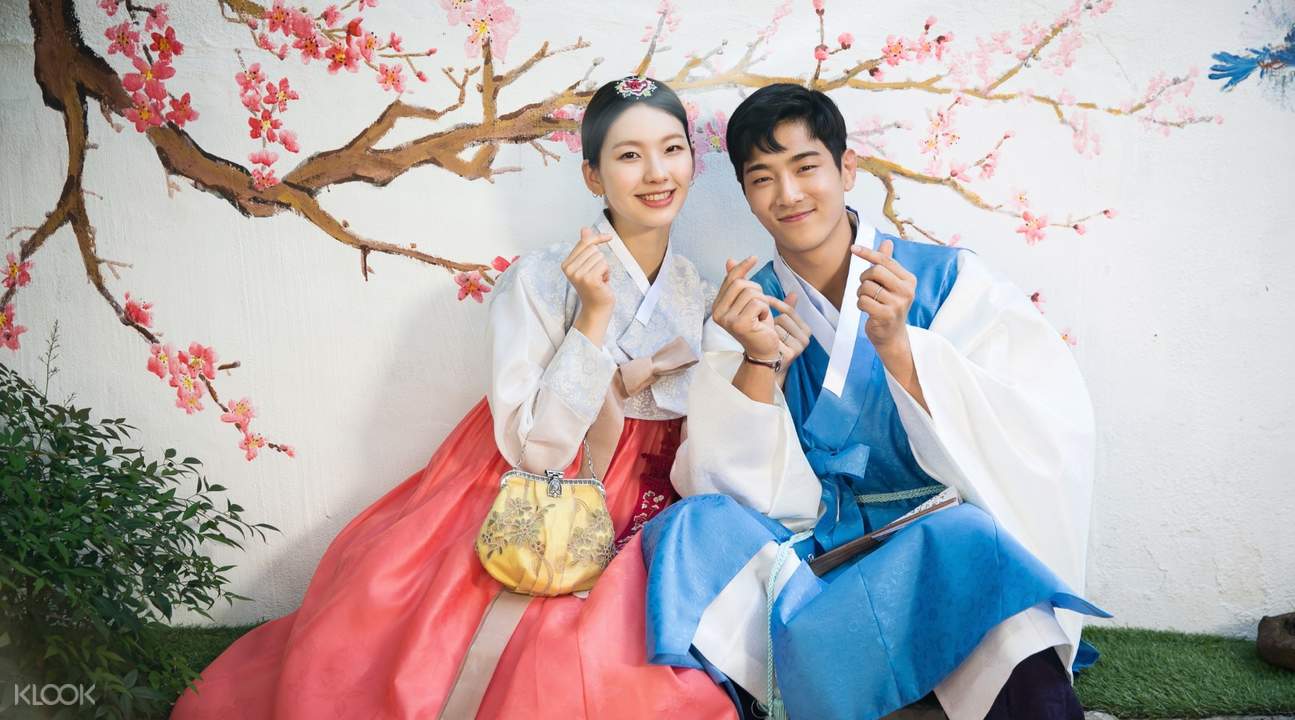As the season has gone warmer in South Korea, it’s definitely perfect to plan some outdoor activities for some fresh air and nature’s touch. Korea.net recently shared a list of 7 urban parks located around the cities for our reference, which is perfect for anyone who is residing in Korea or soon-to-be visitors!
Do you know what is an Urban Park?
‘Urban park’ is a park in cities and other incorporated places to offer recreation and green space to residents of, and visitors to, the municipality. (by the Wikipedia)
Here, let us bring you a virtual tour to some of these wonderful parks!
Yeouido Hangang Park | Seoul
Yeouido Han River Park is among the most popular destination among the visitors. Since it’s located at Yeouido where is the center of finance and politics, the park is easily accessible with subways and busses. It might get a bit crampy with the overwhelming crowds, based on The Soul of Seoul, but there are also perfect spots for outdoor activities like picnicking, cycling, flower blossom sight-seeing and some water activities.
The Yeouido Han River Park also has one of the largest I SEOUL U sign in the city, which is perfect for some instagram-able photos. Best time to visit is definitely during the time when the sun is rising or setting from the horizon.
Songdo Central Park | Incheon
Songdo Central Park is located at the Songdo district in Incheon, inspired by the New York City Central Park, which is designated like an oasis sit in the middle of the Korea’s first international city. The park is the favorite place for leisure among the residents of Songdo and Incheon, even many from the Seoul. Another very special modern art architecture called the ‘Tri Bowl’ is among the spotlight in this destination, adding more colors of modernization into the urban park design.
The Tri Bowl is a center of art and culture managed by the Incheon Foundation for Art and Culture funded by the city hall to promote culture and art in the region.
Worth to mention, the Songdo Central Park is also among the favorite shooting places for Korean movies and dramas! Some of the popular K-dramas that were featuring the modern park are Sisyphus: The Myth (2021), Angel’s Last Mission (2019), Hwayugi (2017), Goblin (2016) and School 2015.
![Songdo Central Park [송도센트럴공원] – Korean Dramaland](https://koreandramaland.com/wp-content/uploads/2017/04/hwayugi-2017-18-filming-location-episode-2-Songdo-Central-Park-koreandramaland-d-1455x800.jpg)
Seoul Olympic Park | Seoul
Seoul Olympic Park, shortened as OlPark was built back then when Seoul host the 1988 Summer Olympic, located in Bangi-dong, Seoul. One of the landmark of this park is the World Peace Gate, designed by the local architech Kim Chung-up to cheer for the spirit of Olympics in promoting peace and unity. The mural of the wings alongside the two pillars was drawn with the ‘four spirits’: phoenix, turtle, tiger and dragon, representing the strength and freedom of Koreans.
Another attraction is the ‘One Tree Hill’ where just a tree stands tall in the wide flat grassland of the park. This scene will definitely remind you of the desktop wallpaper for your vintage Windows XP.

Ilsan Lake Park | Goyang

Ilsan Lake Park sit in the city of Goyang in the Gyeonggi-do Province. In the center is the largest man-made lake in Asia, with 300,000 square meters of area since it was finished in the year 1996. Amidst the largest artificial lake, there is also an island called Dal-ma-ji island (달맞이섬). There are many fun activities you can do in the park with the facilities provided, such as bicycle path, inline skating, walking and jogging trail.

Busan Citizen Park | Busan
A former Imperial Japanese Military Base, was after that redeveloped into Busan Citizen Park opened in the year 2014 at the Busanjin district of the Busan City. The park was established with 5 themes of Memory, Culture, Pleasure, Nature and Participation. The park is also home for over a million tree with up to 97 different species, definitely the best place to get in touch with the greenery in the bustling Busan city.
Across the Busan Citizen Park, a 450-meter-long Jeonpocheon stream flows with the clearest water along the way. Besides, there are also many play areas with different sport and leisure facilities to ensure the visitors feel relax and safe in the park.
For more updates and information about beautiful destinations in South Korea, do visit the official website for Korea Tourism Organization or follow the Instagram account for @koreanet_official.
Written by

Melvin Tan
Online Supporter for Mission of Korea to ASEAN 2021
Bio-science student in Universiti Teknologi Malaysia
Korean Enthusiasts
Korean learner for 10 years, but still amateur
Instagram: @tanmawen
YouTube: Jom with Mawen
